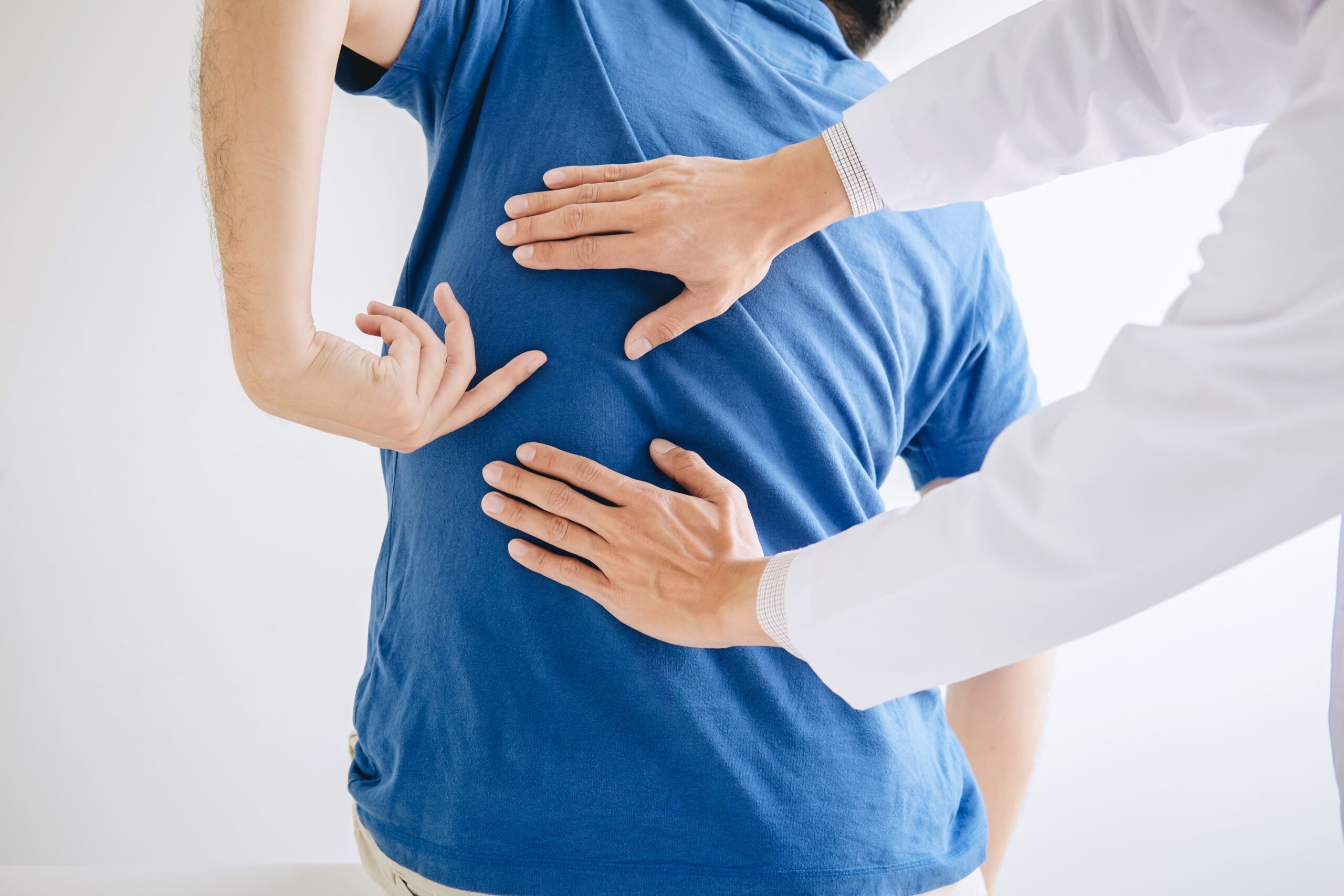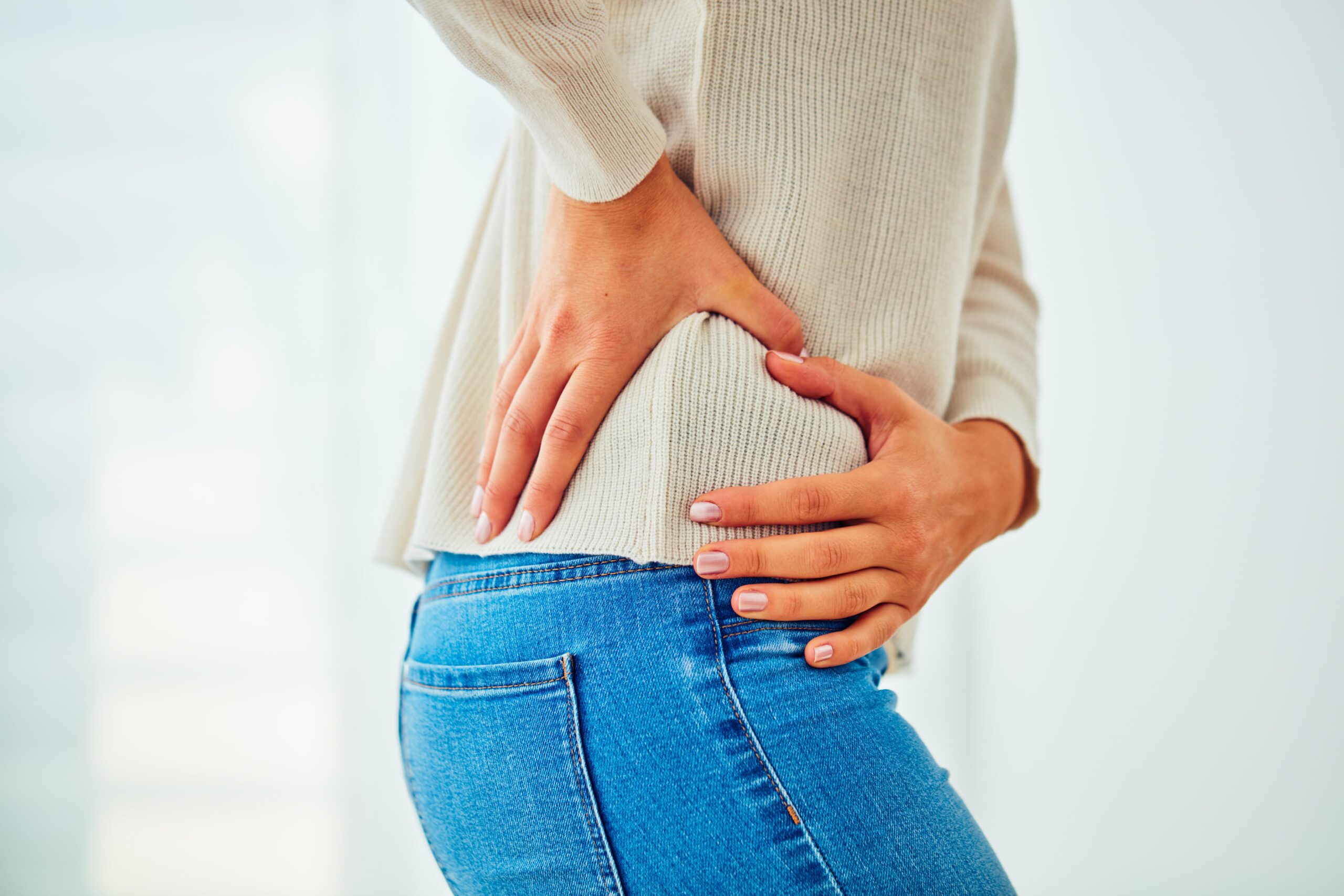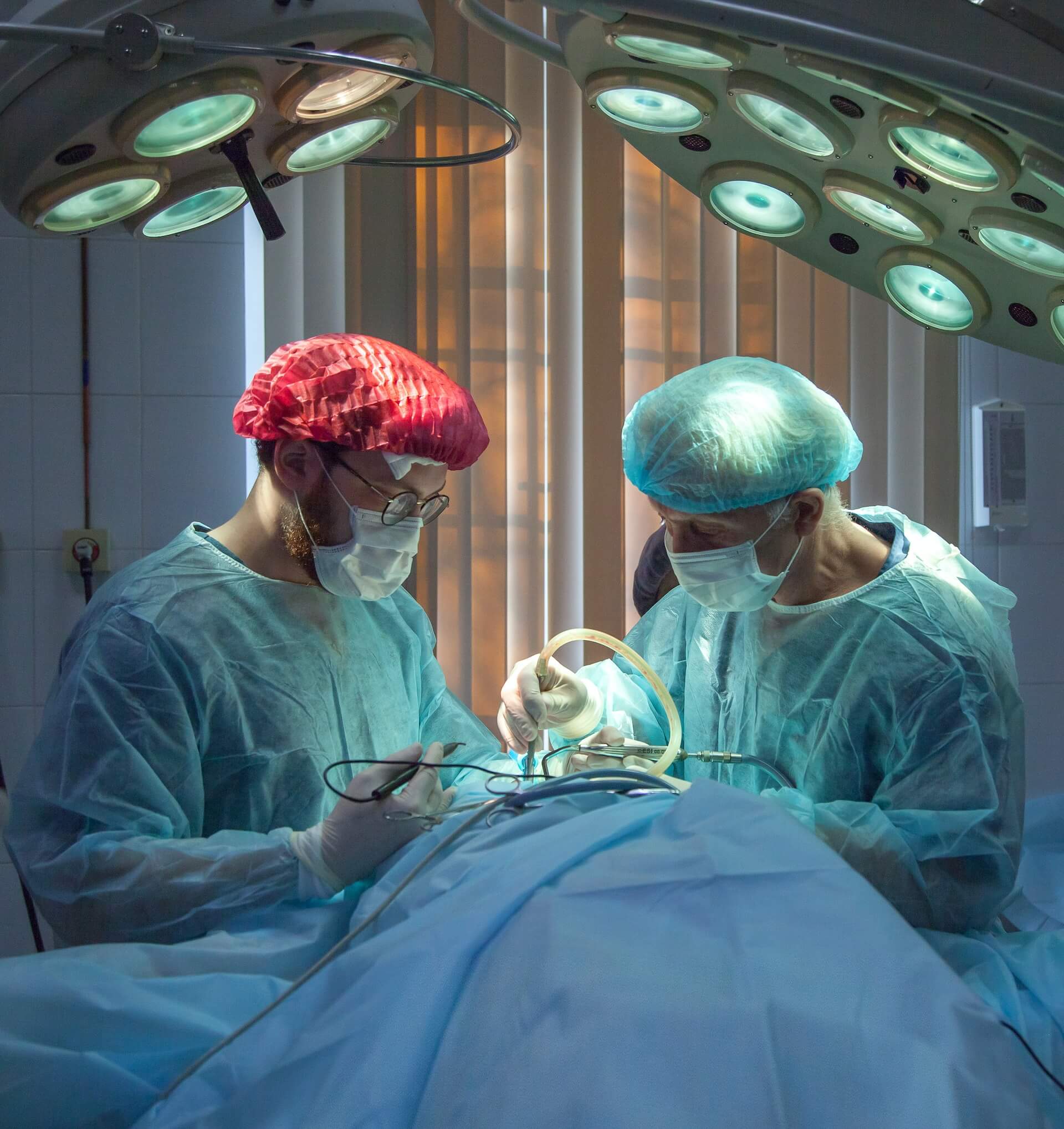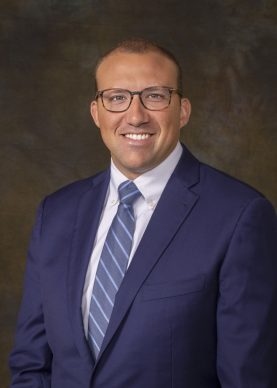Diagnosis and Treatment of Low Back Pain in Wake County

What is Low Back Pain?
Low back pain is a common cause for visits to the doctor, with at least 80% of Americans experiencing low back pain at some point in their lives. In most cases, low back pain is the result of an injury, such as a muscle sprain or strain due to sudden movement or poor body mechanics when lifting heavy objects or playing a high-intensity sport. The lower back, also known as the lumbar spine, supports the weight of the upper body and provides mobility for general motions, like bending and twisting.

What Causes Low Back Pain?
Low back pain often develops without a known cause, but can also be linked to more serious diseases and conditions such as cancer, kidney infections, or infections of the spine. The most common causes of low back pain include:
- Muscle or ligament strains: Repeated heavy lifting or sudden awkward movements can strain or tear the back muscles and spinal ligaments. If you’re in poor physical condition, you may experience pain and stiffness, as well as muscle spasms.
- Ruptured or herniated discs: The discs in your spine are prone to injury, and this risk increases with age. Discs act as cushions between the bones (vertebrae) in your spine and if they extend outside their normal position, the nerve root compresses.
- Arthritis: Osteoarthritis, which results from wear and tear of the disc and facet joints, can cause pain in the lower back. Sometimes, arthritis in the spine can lead to a narrowing of the space around the spinal cord, which is called spinal stenosis.
- Osteoporosis: Osteoporosis is a condition in which the bones become weak and brittle. As a result, your spine’s vertebrae may develop painful fractures more easily.
- Low back pain can also be caused by a number of everyday activities.

Types of Low Back Pain
There are many ways to categorize low back pain. The two most common types include:
Mechanical pain, or axial pain, is by far the most common form of lower back pain. This pain comes primarily from the muscles, ligaments, joints, or bones in and around the spine. It tends to be localized in the lower back and buttocks, sometimes traveling to the top of the legs.
Radicular pain can occur if a spinal nerve root becomes impinged or inflamed. It may follow a nerve root pattern or dermatome down into the buttock and/or leg area. It causes a sharp, burning-like sensation which can be associated with numbness or tingling (sciatica). Radicular pain is usually only felt on one side of the body.
Symptoms of Low Back Pain
Specifically identifying and describing the nature of your low back pain to your orthopedic specialist can help support a more accurate diagnosis and effective treatment plan. Low back pain is typically characterized by a combination of the following symptoms:
- Dull, aching pain
- Pain that persists after a few weeks
- Pain that travels down your buttocks, legs, and feet
- Pain that worsens after prolonged sitting
- Pain that does not improve with rest
Visit an urgent care center for immediate medical attention if you have lower back pain after a fall or injury. The same goes if you have back pain with bowel or bladder control problems, leg weakness, fever, or pain when coughing or urinating.
How is Lower Back Pain Diagnosed?
To diagnose low back pain, your doctor will likely begin by evaluating your complete medical history and conducting a thorough physical examination to determine where you’re feeling pain. They will assess your ability to sit, stand, walk, and lift your legs. Your doctor might also ask you to rate your pain on a scale from 1 to 10 and talk about how well you are functioning with your pain. Imaging tests such as X-rays, CT scans, ultrasounds, and MRIs may be necessary to check for bone problems, disc problems, or issues with ligaments or tendons in your back. They can also help to rule out more serious causes of low back pain.

Treatment for Low Back Pain in Wake County
The first 72 hours after the pain begins are critical, and self-care methods may be helpful to lessen the pain and relieve discomfort. Stop normal activities for a couple of days and apply the RICE protocol – rest, ice, compression, elevation – within the first 48 hours. A warm bath or a massage can often relax stiff muscles and knots in the back. If pain does not improve after 72 hours of home treatment, you should contact your doctor.
The goal of medical treatment in cases of lower back pain is to reduce the pain, but treatment methods do not always address the underlying cause. Your doctor will typically prescribe medical treatment along with a physical therapy regimen or some other type of rehabilitation. Common non-surgical medical treatments for low back pain include:
- Heat or ice
- Muscle relaxers
- Non-steroidal anti-inflammatory medications, such as ibuprofen or aspirin
- Back braces
- Physical Therapy or at-home exercises and stretching
- Cortisone injections
- Epidural steroid injections
In more severe cases where conservative treatment methods are not successful, surgery may be suggested by your doctor. Surgical procedures are usually reserved for pain related to structural problems, such as narrowing of the spine or a herniated disc, which have not responded to other forms of therapy. If your lower back pain does not get better after a 6 to 12-week course, your doctor may recommend undergoing surgery. Speak with your healthcare provider about the risks of surgery and whether or not it is right for you. It is almost always the patient’s decision to have back surgery, and only in rare situations is immediate surgery performed for low back pain.

How Long is Recovery from Surgery for Low Back Pain?
After surgery for lower back pain, it will likely take you about four to six weeks to return to performing simple activities. It could take from six months to one year for your back to completely heal and allow for a full return to normal activity. Staying active during recovery is very important. You can increase your amount of activity in small increments each day. It is important to listen to your healthcare provider’s advice and guidance regarding your recovery plan.
How Can I Prevent Low Back Pain?
There are many ways to prevent low back pain. Practicing certain prevention techniques may also help to reduce the severity of your symptoms if you are already experiencing pain. Lifestyle changes that can help to prevent low back pain include:
- Exercising your abdominal and back muscles
- Maintaining a healthy weight
- Lifting items properly by bending your knees and lifting with your legs
- Maintaining proper posture

Get Treatment for Low Back Pain in Wake County at Raleigh Orthopaedic
At Raleigh Orthopaedic Clinic, we treat patients in the Triangle Area facing a wide range of neck and back injuries, including strains, sprains, and fractures. Our team will work directly with you to determine the cause of your symptoms, provide a comprehensive treatment plan, and address all of your needs and concerns. We offer both non-surgical and surgical procedures to promote a full and safe recovery for each patient, and to help patients live more active and comfortable lives. Book online or contact us today to schedule an appointment with a board-certified orthopedic doctor at the location nearest you.

